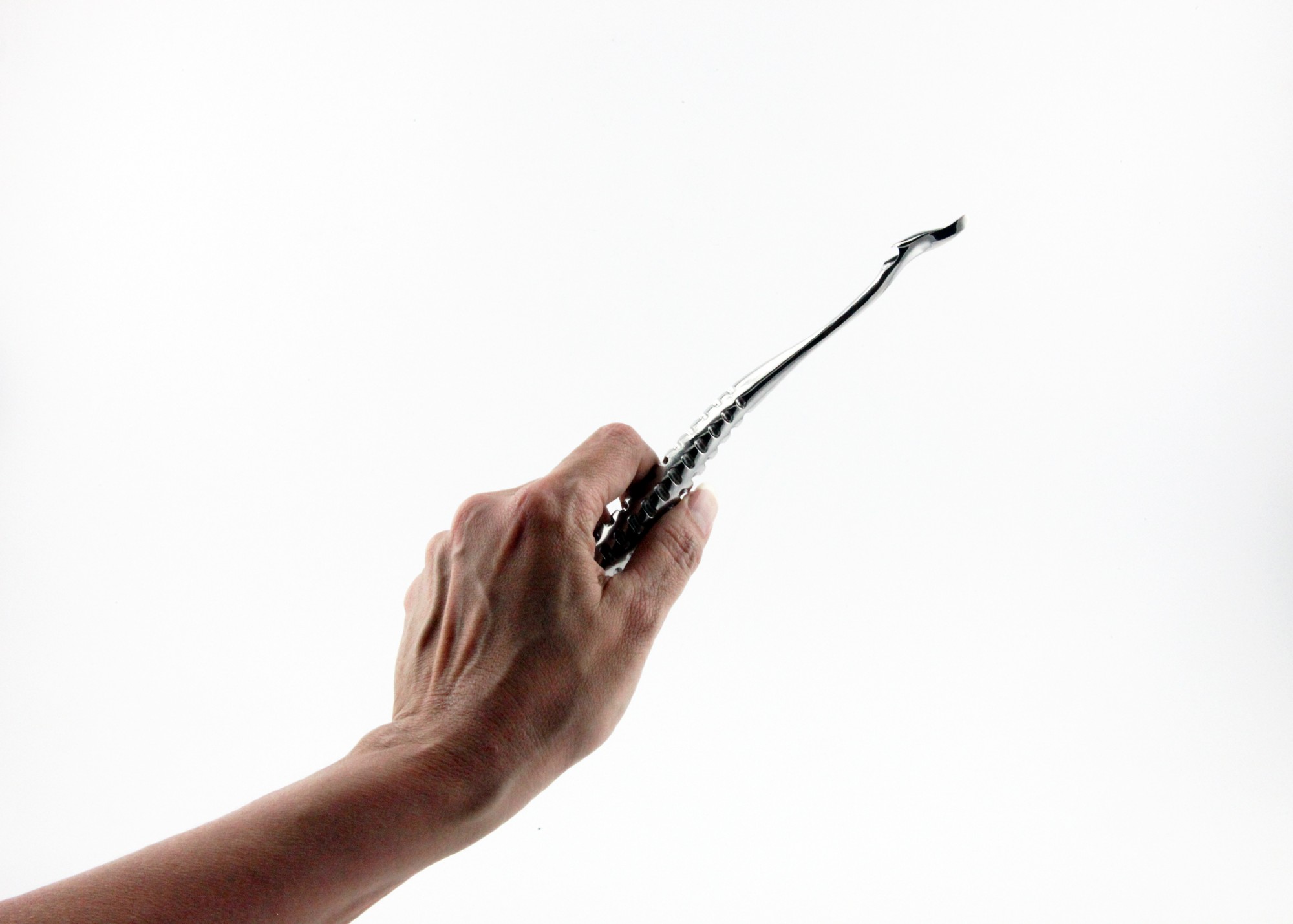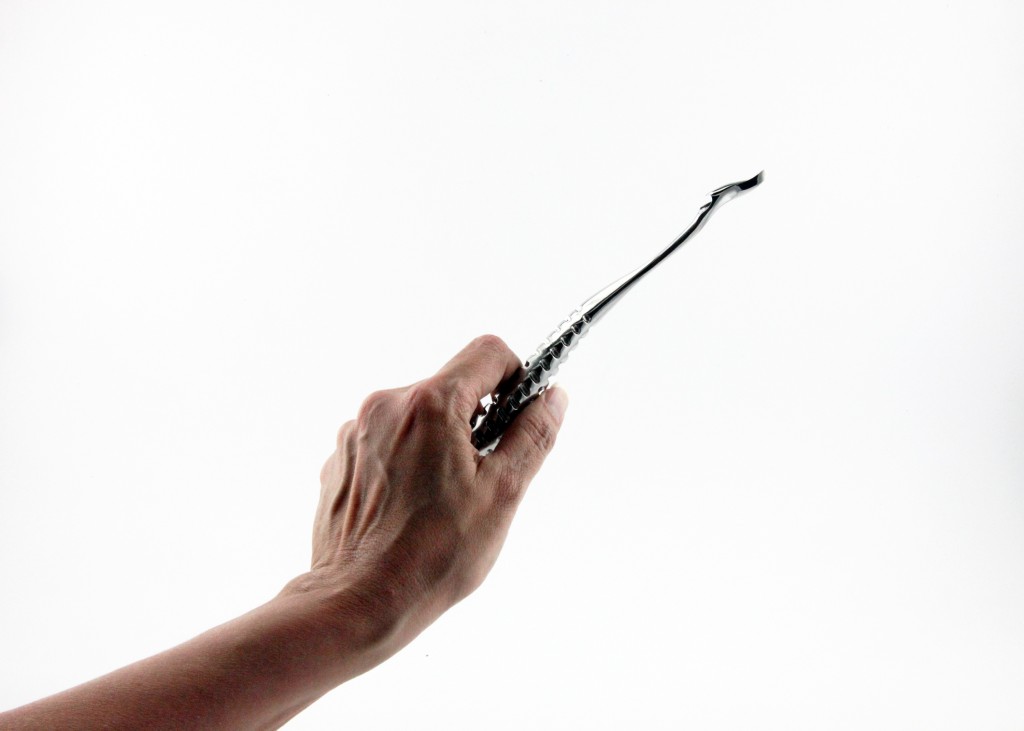3D Printed Tool Offers New Option for ACL Surgery

The Pathfinder was built and developed using 3D printing. Courtesy of Stratasys.
Latest News
January 8, 2016
To athletes and sports fans alike, one of the most dreaded phrases to hear is “ACL tear.” A torn anterior cruciate ligament is, at the minimum, a season-ending injury, and has the potential to become a lifelong disability. As athletes continue to get stronger and faster, ACL injuries have become more common, leading doctors to seek out new methods of treatment.
Dr. Dana Piasecki, an orthopedic surgeon at OrthoCarolina Sports Medicine, in Charlotte, NC, has developed a new tool that might help to ensure higher success rates in ACL surgeries. The new tool, called the Pathfinder, was designed, prototyped and manufactured, using additive manufacturing (AM).
 The Pathfinder was built and developed using 3D printing. Courtesy of Stratasys.
The Pathfinder was built and developed using 3D printing. Courtesy of Stratasys.The standard method of repairing an ACL tear is to transplant a ligament graft through a hole drilled in the tibia head. The graft is then run through the newly created tibial tunnel and up the back of the femur before being attached in place. Unfortunately, this new alignment is sometimes as much as 10mm away from natural ligament placement, meaning it suffers additional stress which could lead to reinjury.
The Pathfinder allows for a variant of the tibial method, using a drill that is flexible to help fit the new graft in the proper position. Not only does this procedure reduce the chances of reinjuring the ACL, it also eases recovery.
“The main problem is doctors are using a straight drill to create the tibia and femur attachment points for the graft, but instrumenting through the rigid tibial tunnel limits where you can get on the femur. I realized I needed a procedure in which the drill is flexible and could be bent to follow the ligament’s normal path to impact the femur at the location and angle that anatomically mimics native ACL positioning,” said Dr. Piasecki. “I then needed a tool that could be inserted into the inner knee space to grasp the flexible drill, steer it to the proper spot on the femur and hold it during the drilling process.
Piasecki began by carving the general shape of his new tool from plastic, before contacting Stratasys to provide rapid prototyping assistance. Once the design seemed to fit Piasecki’s intent, the doctor moved on to ordering a working model built using direct metal laser sintering with Inconel 718 material, which offered the necessary biocompatibility, surface finish, oil resistance and mechanical requirements.
Following testing, the Pathfinder was granted Class 1 Medical Device status by the FDA and is now available for use by surgeons. Below you’ll find a video about ACL tears.
Source: Stratasys
Subscribe to our FREE magazine, FREE email newsletters or both!
Latest News
About the Author
John NewmanJohn Newman is a Digital Engineering contributor who focuses on 3D printing. Contact him via [email protected] and read his posts on Rapid Ready Technology.
Follow DE





